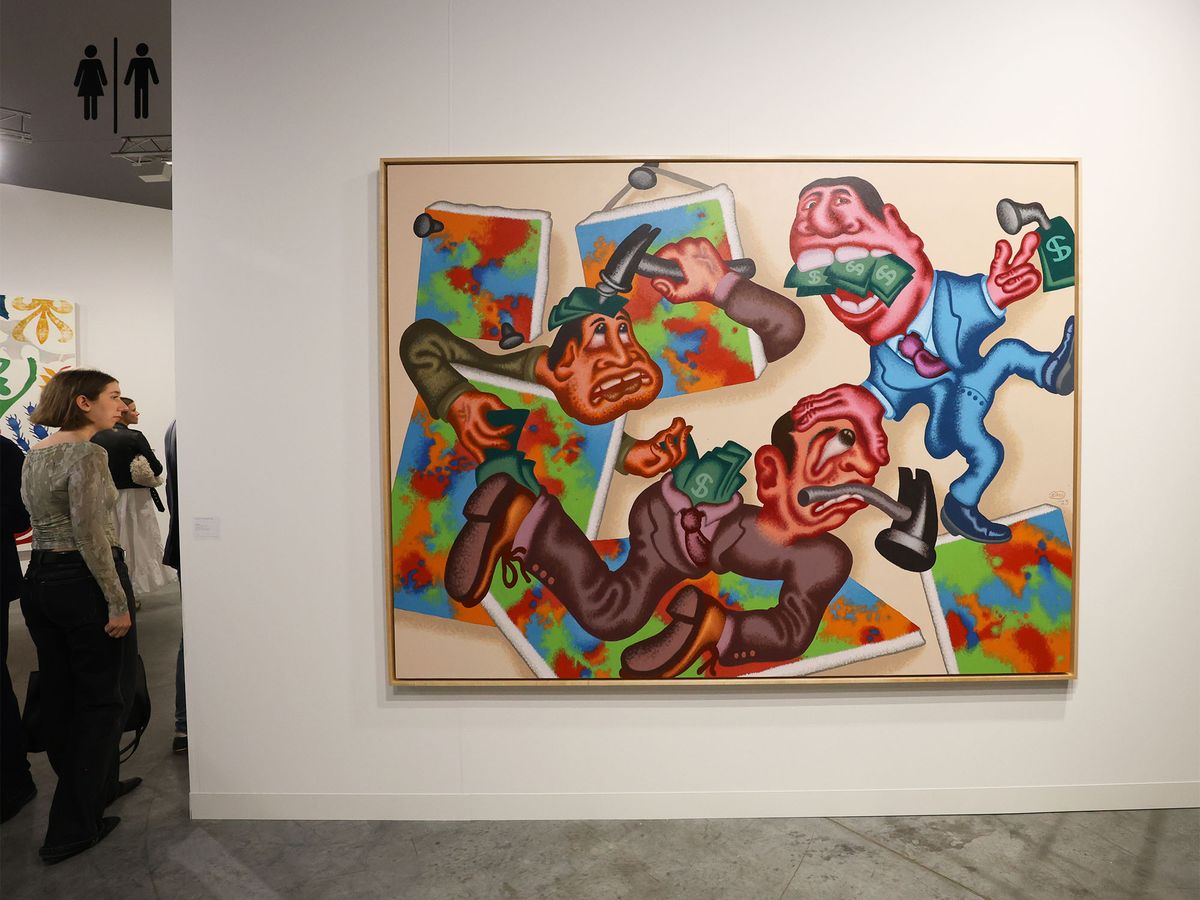In 2022, arts and cultural industries continued to have a significant impact on the United States economy, generating a record $1.1 trillion in economic activity, accounting for 4.3% of the nation’s gross domestic product (GDP), according to a new study from the US Arts and Cultural Production Satellite Account (ACPSA).
The ACPSA report, published on 25 March, is the product of a collaborative research effort between the National Endowment for the Arts (NEA) and the Bureau of Economic Analysis (BEA). Tracking the economic value of arts and cultural production across 35 industries, spanning both commercial enterprises and non-profit organisations, the report aims to showcase the profound influence of arts and culture on the nation’s economic landscape.
Despite record-breaking economic activity in the sector (up from $1 trillion in 2021), financial gains were not evenly shared among all industries, with ten industries remaining below pre-pandemic valuation, including performing arts organisations, non-government museums and arts-related construction.
Nonetheless, the arts and culture sector sustained an upward trajectory overall, increasing 4.8% from 2021 to 2022, compared to the broader economy’s modest 1.9% growth over that period. Notably, arts and culture industries witnessed a remarkable economic resurgence following the Covid-19 pandemic, surging 13.6% between 2019 and 2022—a figure far exceeding nationwide economic growth over the same period, which totalled just 5.5%.
Looking at the specifics, the report reveals that the top industries driving this economic surge include web publishing and streaming, broadcasting, government services, publishing and motion picture and video industries. Notably, the nation’s largest arts and cultural industry—web publishing and streaming services—showed a decline for the first time in recent history, dropping 1.4% after substantial growth of 40.9% between 2019 and 2021.
While several industries thrived in 2022, with 25 of 35 industries exceeding values recorded in 2019, others faced setbacks. Six sectors—including custom architectural woodwork and metalwork manufacturing, arts-related construction and theatrical ticket agencies—saw significant declines of over 10% in economic value from 2019 to 2022.
Amid these disparities, a number of industries have demonstrated resilience and recovery. Independent artists, writers and performers, performing arts presenters, and agents and managers surpassed their 2019 levels of value added. Performing arts organisations achieved a remarkable resurgence, with a substantial 76.5% increase in value added between 2021 and 2022—though their economic contribution is still below what it was before the pandemic.
At the state level, the dataset indicates that every state has seen increased economic value from arts and culture industries since 2019. The 2022 report shows continued economic growth from arts and cultural industries among all states, with 21 states surpassing 10% in growth (when not adjusted for inflation).
In addition to substantial economic contributions and impressive growth eclipsing the broader US economy, arts and cultural institutions also saw an uptick in employment levels. The 2022 report reveals that employment in the sector has rebounded to pre-pandemic levels, with the workforce expanding to 5.2 million workers. Noteworthy increases were observed in computer systems design, web publishing and streaming, and among independent artists, writers and performers. But even amid stable growth trends, some industries struggled to return to pre-pandemic figures, with 15 of the 35 surveyed arts and cultural institutions remaining below 2019 employment levels. Estimates of economic value, employment and compensation at the state level between 2017 and 2022 are illustrated using an interactive map feature.
“Research again shows that arts and culture make up a significant portion of our nation’s GDP, contributing to the strength of our national and state economies,” Maria Rosario Jackson, the chair of the NEA, said in a statement. Noting areas of the sector still lagging below pre-pandemic levels, she suggested that among “evidence of important contributions, there is also evidence of a more complicated story in which dimensions of the cultural sector are still struggling”.
While the figures are evidence of art and culture’s significant impact on the nation’s economic landscape, Jackson sees compiling this data and developing a narrative around it as just one part of measuring the arts’ impact. She adds that “alongside economic value, we must also remember that arts and culture improve Americans’ lives and communities in many other tangible ways”.
On the heels of the new dataset, the NEA will launch a new set of research and data tools on 2 April highlighting key developments and trends, including arts and cultural assets.


